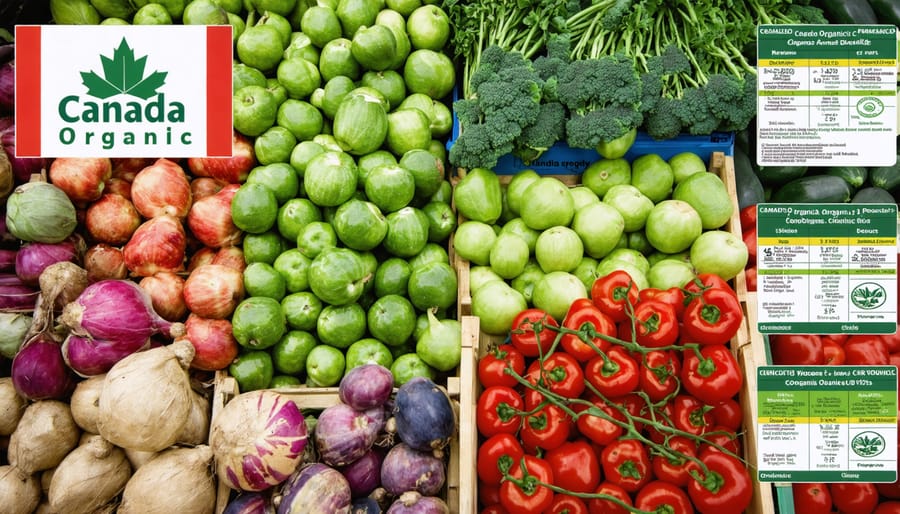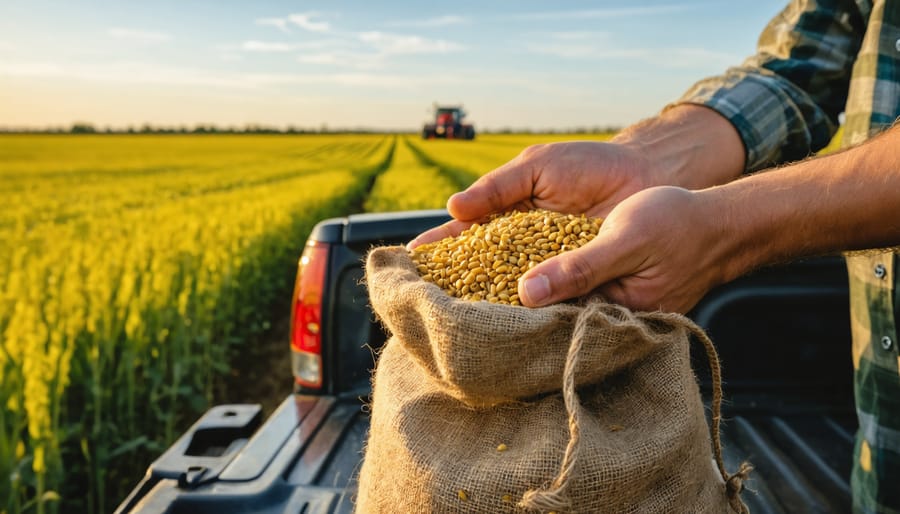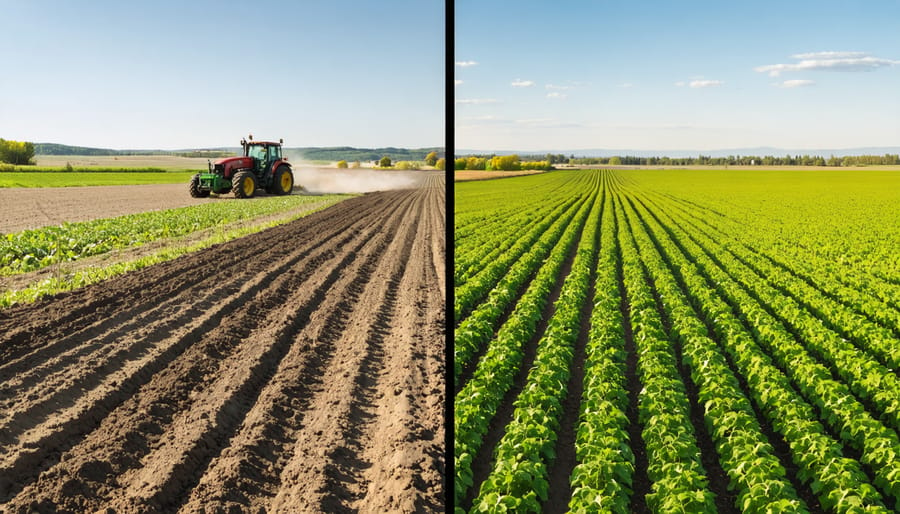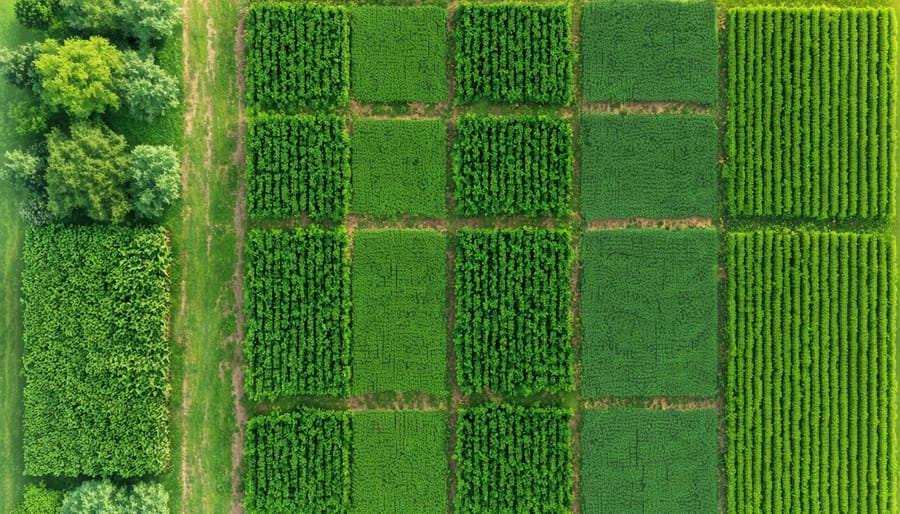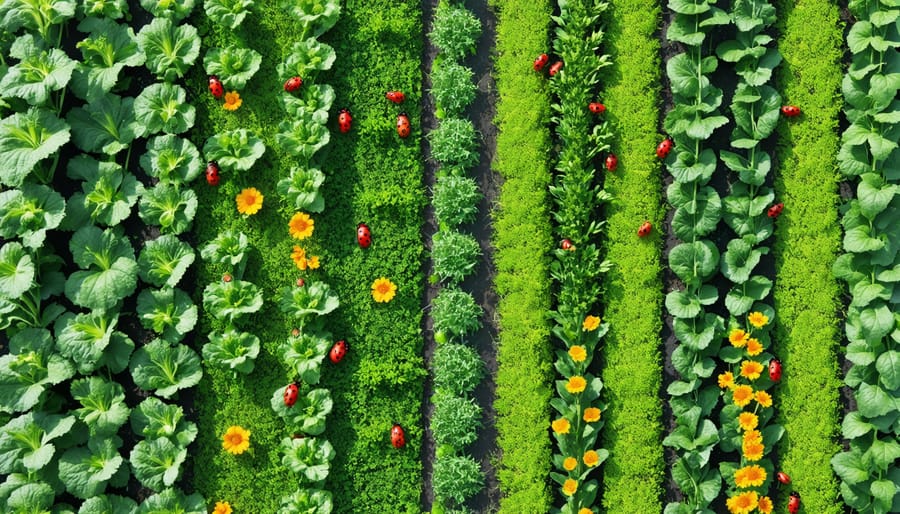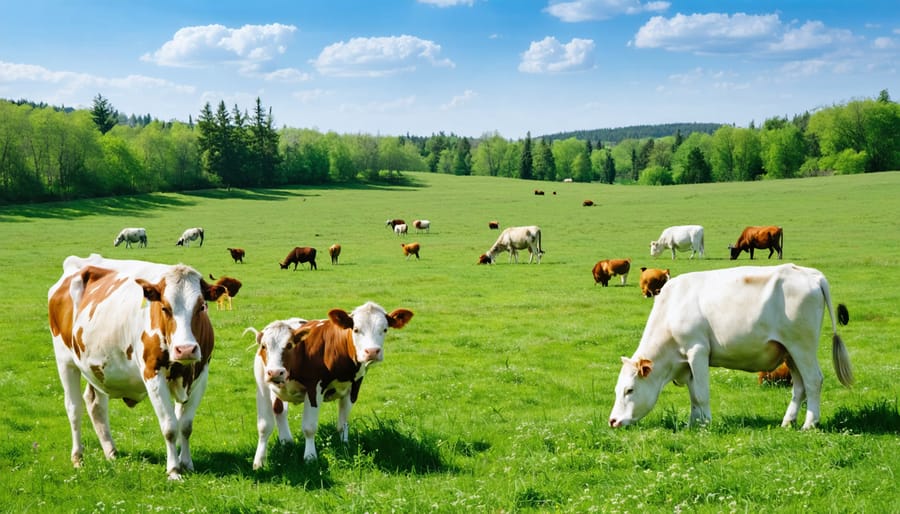Look for the Canada Organic logo – a clear leaf design with “CANADA ORGANIC” text – as your first guarantee of certified organic products. Inspect packaging labels for certification numbers starting with “CA-ORG,” which verify products meet Canadian Organic Standards. Compare prices between conventional and organic items, as organic typically costs 20-50% more due to certification and production methods. To identify organic products at farmers’ markets, request proof of organic certification from vendors and familiarize yourself with seasonal availability patterns. Examine fresh produce for natural variations in size, shape, and minor blemishes – characteristics often present in organic fruits and vegetables grown without synthetic pesticides. Verify organic claims on processed foods by reviewing the ingredient list, ensuring at least 95% organic content to meet Canadian regulations.
Official Canadian Organic Certification Labels
The Canada Organic Logo
The Canada Organic logo, featuring a maple leaf rising above two hills, is your most reliable indicator of certified organic products in the Canadian market. This distinctive symbol ensures that products meet Canada’s strict organic certification requirements and contain at least 95% organic ingredients. When you spot this logo on products at your local market or grocery store, you can trust that they’ve been produced according to the Canadian Organic Standards.
For Alberta farmers and producers, obtaining permission to use this logo involves rigorous third-party certification and annual inspections. The certification process verifies that farms maintain organic integrity throughout their operations, from seed selection to harvest and storage. Products must be grown or processed without synthetic pesticides, GMOs, or artificial preservatives.
Remember that while the Canada Organic logo is mandatory for organic products traded between provinces or internationally, some small-scale local producers might use alternative organic certifications recognized within their province. Always check for certification details on the packaging when making your purchase decisions.

Provincial Certification Standards
In Alberta, organic certification is regulated through the Canadian Organic Regime (COR), which works alongside several organic certification bodies in Canada. The province recognizes certifications from approved bodies such as Pro-Cert Organic Systems and Quality Assurance International (QAI).
Products certified in Alberta will display the Canada Organic logo along with a certification number that begins with “AB” followed by a unique identifier. This provincial designation ensures compliance with both federal and provincial organic standards.
Other provinces maintain similar certification systems. British Columbia’s COABC mark, Quebec’s Bio-Quebec logo, and Manitoba Organic certification are examples of provincial organic marks that consumers might encounter in the marketplace. These provincial certifications must meet or exceed federal organic standards while addressing region-specific agricultural conditions.
For cross-provincial trade, products must carry the federal organic logo, though they may display both federal and provincial certification marks. This dual certification system helps maintain consistency while recognizing regional agricultural practices and requirements.
Physical Characteristics of Organic Produce
Size and Appearance Variations
Organic produce often displays natural variations in size, shape, and appearance that set it apart from conventional products. Unlike standardized conventional produce, organic fruits and vegetables typically show more diversity in their physical characteristics. You’ll notice that organic carrots might be slightly curved or forked, and organic apples may vary in size within the same batch.
These variations occur because organic farming embraces natural growing conditions without synthetic interventions to control appearance. For example, organic tomatoes from Alberta farms often show different colour patterns and may be smaller than their conventional counterparts, but this doesn’t affect their nutritional value or taste quality.
Don’t be surprised to find occasional blemishes or irregular shapes in organic produce. These imperfections are actually positive indicators of natural growing methods. Local organic farmers in our region often report that their customers have come to appreciate these variations as authentic markers of truly organic products.
Remember that while appearance can vary, organic produce should still be fresh and free from significant damage or decay. These natural variations reflect the authentic, sustainable growing practices that define organic agriculture.

Seasonal Availability
Understanding seasonal availability is key to identifying genuine organic produce in Canada. Here in Alberta, our growing seasons dictate when certain organic products are naturally available. For example, local organic strawberries typically peak in June and July, while root vegetables like carrots and potatoes are abundant from late August through winter storage.
When you spot summer vegetables like tomatoes or cucumbers being sold as “fresh organic” during winter months, they’re likely imported or grown in controlled environments. While these may still be organic, they often come with a higher environmental footprint and cost.
Local farmers’ markets are excellent indicators of what’s truly in season. Many Alberta organic farmers plan their harvests around our climate zones, with greenhouse extensions allowing for slightly extended growing periods. During winter months, focus on storage crops like squash, onions, and cabbage, which naturally keep well when properly stored.
Remember that seasonal eating not only helps verify organic authenticity but also supports local farming communities and typically provides the best nutritional value. Consider keeping a seasonal produce calendar specific to our region for reference.
Reading Organic Product Labels
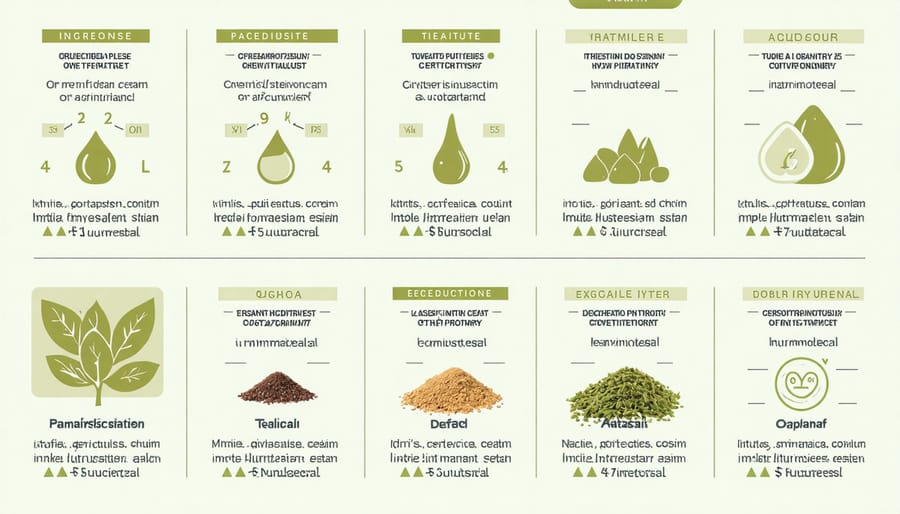
Percentage Requirements
In Canada, organic labeling follows strict regulations that help consumers make informed choices. Products labeled as “100% organic” must contain only organic ingredients, excluding salt and water. For products labeled simply as “organic,” at least 95% of the ingredients must be organically produced, with the remaining 5% coming from an approved list of non-organic ingredients.
Products containing 70-95% organic ingredients can use the phrase “made with organic ingredients” and must specify which ingredients are organic. These products cannot display the Canada Organic logo but must clearly indicate the percentage of organic content.
When shopping at farmers’ markets or local stores, you might encounter products labeled as “transitional organic.” This means the farm is in the process of converting to organic practices, typically a three-year journey. While these products aren’t fully organic yet, they represent a commitment to sustainable farming methods.
Keep in mind that multi-ingredient products must list the organic percentage of each ingredient on the label. For example, if a granola contains organic oats, the package should specify what percentage of the oats are organic. This transparency helps you make better-informed decisions about your purchases and supports our local organic farming community.
Common Label Terms
In Canada, understanding organic label terminology is crucial for making informed food choices. The term “100% Organic” means every ingredient used in the product is certified organic, including processing aids. Products labeled simply “Organic” must contain at least 95% organic ingredients, with the remaining 5% consisting of approved non-organic ingredients when organic versions aren’t commercially available.
Look for “Made with Organic Ingredients” labels, which indicate that at least 70% of the ingredients are organic. These products can’t display the Canada Organic logo but must list which specific ingredients are organic. Products with less than 70% organic content can only identify organic ingredients in their ingredient list.
Here in Alberta, we often see the “Canada Organic” logo – a white maple leaf set against a green background with bilingual text. This certification mark guarantees the product meets our national organic standards. You might also encounter international certifications like USDA Organic on imported products, which are recognized under our equivalency arrangements.
Remember, terms like “natural” or “eco-friendly” aren’t the same as organic and aren’t regulated the same way. Always check for proper certification marks and ingredient listings to verify organic claims.
Organic Food Storage and Shelf Life
Organic foods often have different storage characteristics compared to their conventional counterparts, primarily due to the absence of artificial preservatives. Understanding these differences helps ensure you get the most value from your organic purchases while minimizing food waste.
Fresh organic produce typically has a shorter shelf life than conventional produce. For example, organic apples might last 1-2 weeks in the fridge compared to conventional apples that can last up to 6 weeks. This shorter lifespan occurs because organic fruits and vegetables aren’t treated with post-harvest chemicals that extend shelf life.
To maximize storage life, keep organic produce in appropriate conditions. Root vegetables like carrots and potatoes store well in cool, dark places around 7-10°C. Leafy greens need high humidity and cold temperatures between 1-4°C. Many organic farmers in Alberta use root cellars or temperature-controlled storage rooms to maintain optimal conditions.
When storing organic grains and legumes, use airtight containers and keep them in a cool, dry place. These items typically last 6-12 months when stored properly. Organic dairy products generally have similar storage requirements to conventional ones but may have slightly shorter best-before dates.
Look for signs of natural aging in organic products – this isn’t necessarily a bad thing. Some spots on fruits or variations in colour are normal and don’t affect nutritional value. However, if you notice unusual odours, mold, or significant texture changes, it’s best to compost these items.
Remember that seasonal purchasing aligns well with organic storage capabilities. Many Alberta farmers plan their storage systems around harvest seasons, helping maintain product quality while reducing energy costs.
Identifying organic food requires attention to detail and knowledge of certification standards, but the effort is well worth it for both consumers and producers. Throughout Alberta and across Canada, we’ve seen how informed choices support our local organic farmers and contribute to sustainable agriculture. Remember to look for the Canada Organic logo, verify certification details, and pay attention to physical characteristics like irregular shapes and natural blemishes. Trust your local farmers’ markets and build relationships with organic producers in your community – they’re often your best resource for learning about organic practices.
By making conscious choices about organic food, you’re not just supporting your health but also contributing to the vitality of Canadian agriculture. Whether you’re a farmer considering organic certification or a consumer looking to make better food choices, understanding these identification methods helps create a more sustainable food system for future generations.
Don’t hesitate to ask questions at your local market or reach out to organic farming associations in Alberta. Together, we can build a stronger, more sustainable agricultural community while ensuring the integrity of organic food products across our province.

